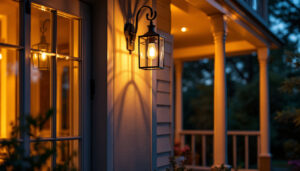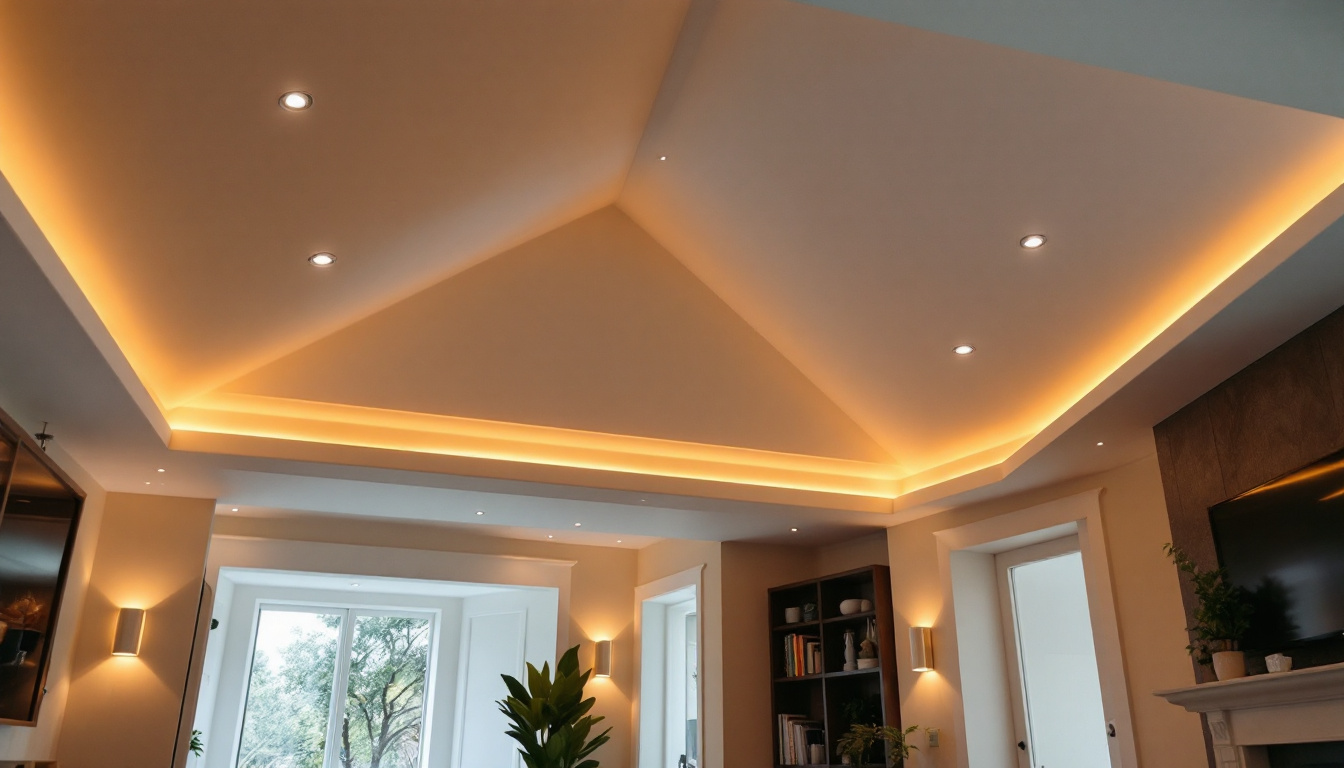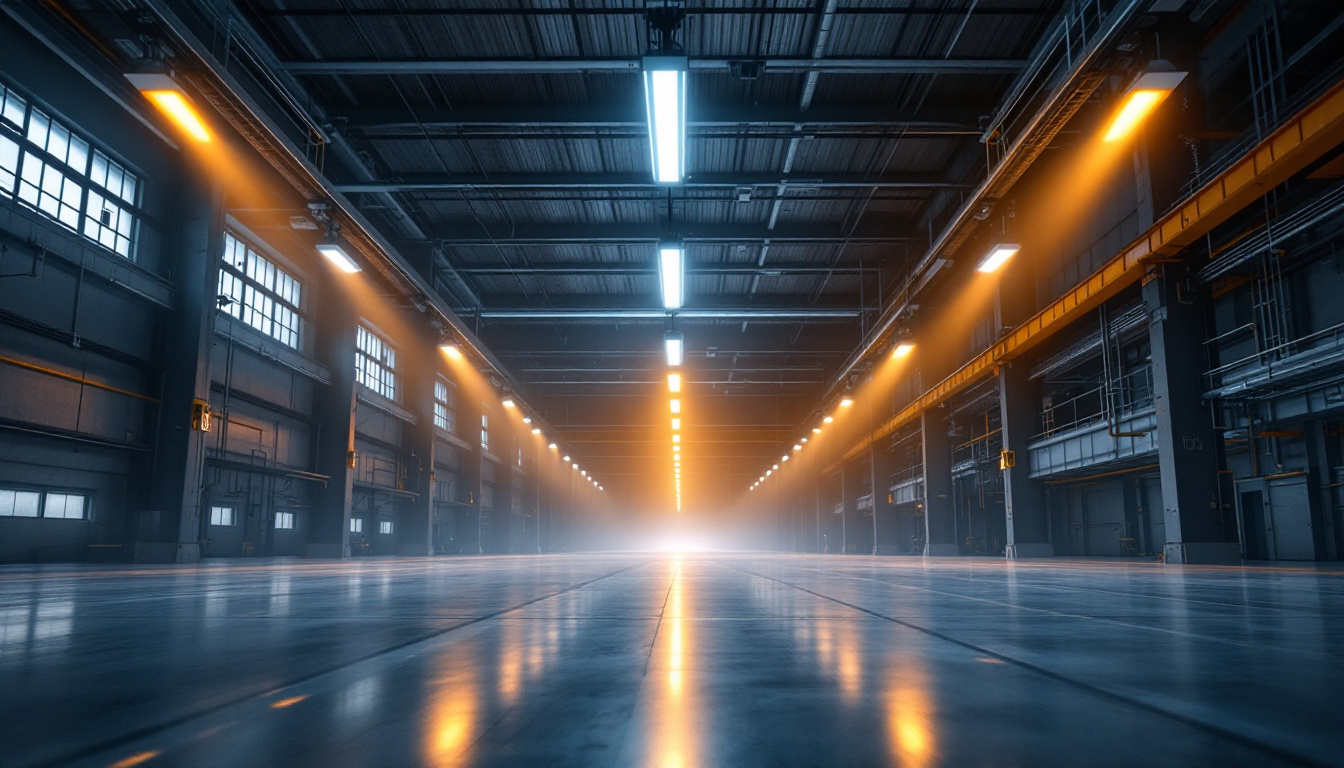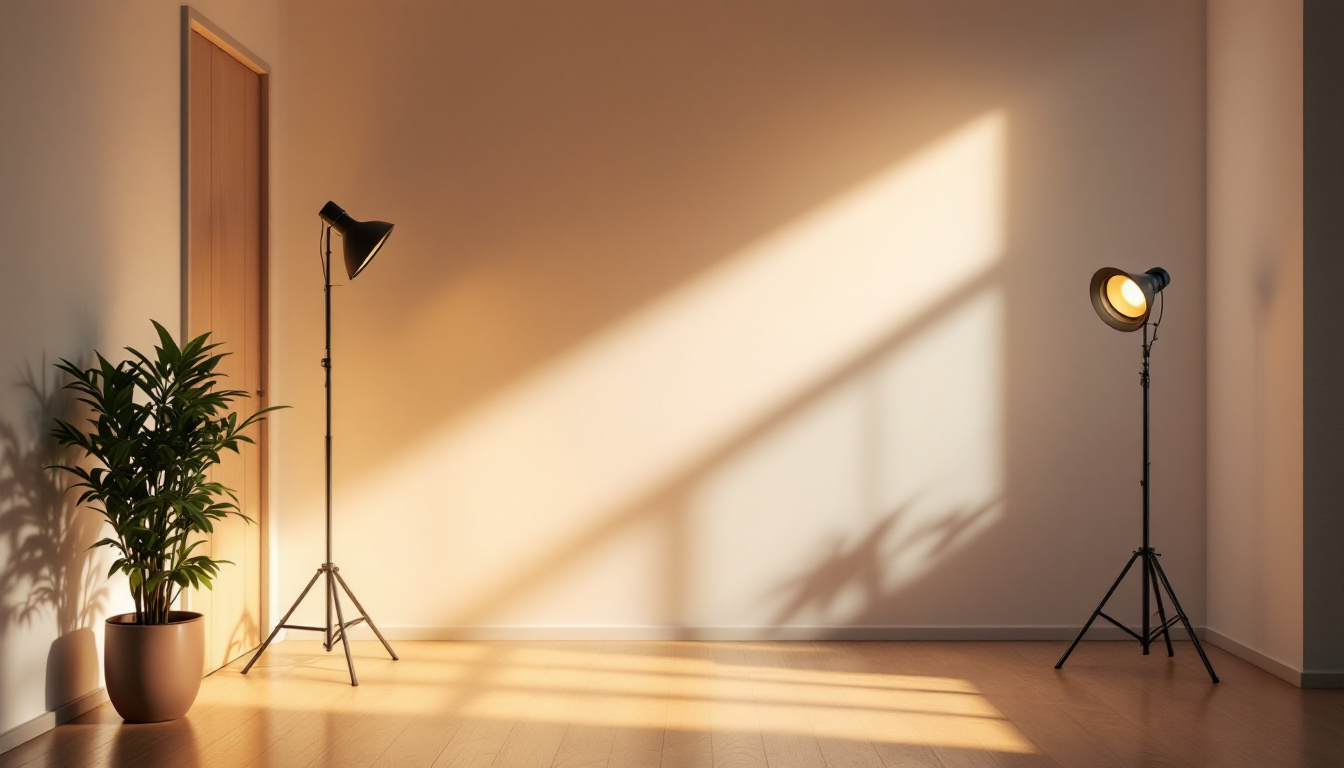

In the ever-evolving world of lighting design, pot lights, also known as recessed lighting, have become a staple for both residential and commercial spaces. Their sleek, unobtrusive design allows for versatility in various settings, making them a favorite among lighting contractors. This article delves into the top strategies that lighting contractors can employ when working with pot lights, ensuring optimal installation, energy efficiency, and aesthetic appeal.
Before diving into strategies, it’s crucial for lighting contractors to fully understand what pot lights are and how they function. Pot lights are fixtures that are installed into a hollow opening in the ceiling, providing a clean look while illuminating spaces effectively. They come in various sizes, styles, and wattages, allowing contractors to tailor their use to specific projects. The seamless integration of pot lights into ceilings can enhance the overall design of a room, creating a sophisticated ambiance that complements both modern and traditional interiors.
In addition to their aesthetic appeal, the functionality of pot lights can significantly impact the usability of a space. By strategically placing these fixtures, contractors can create zones within a room that serve different purposes, such as reading areas, dining spaces, or workstations. This level of customization not only enhances the visual interest of a room but also improves its practicality, allowing homeowners to enjoy their spaces to the fullest.
There are several types of pot lights available in the market, each serving different purposes. Some of the most common types include:
The benefits of pot lights extend beyond aesthetic appeal. They offer several practical advantages, including:
Moreover, the installation of pot lights can significantly increase the value of a home. Potential buyers often view well-lit spaces as more inviting and appealing, which can lead to quicker sales and higher offers. As such, contractors who are knowledgeable about pot light installation and design can provide a valuable service to homeowners looking to enhance their properties. Additionally, with the rise of smart home technology, many pot lights can now be integrated with smart systems, allowing for remote control and automation, further increasing their appeal and functionality in modern homes.
A well-thought-out layout is essential for maximizing the effectiveness of pot lights. Lighting contractors should consider several factors when planning the installation.
The function of the room plays a significant role in determining the layout of pot lights. For instance, a kitchen may require brighter lighting for cooking tasks, while a living room may benefit from softer, ambient lighting. Understanding the purpose of each space will guide the placement and number of fixtures needed.
ceiling height and design can impact the effectiveness of pot lights. In rooms with higher ceilings, contractors may need to space the lights further apart to ensure even illumination. Conversely, in lower ceilings, closely spaced fixtures can create a warm and inviting atmosphere. Additionally, the design elements of the ceiling, such as beams or architectural features, should be taken into account to avoid obstructing light.
Light layering is a technique that involves combining different types of lighting to create a balanced and dynamic environment. Pot lights can be used alongside other lighting sources, such as wall sconces or pendant lights, to enhance the overall ambiance. Contractors should consider how pot lights will interact with existing lighting and plan accordingly to achieve the desired effect.
Proper installation is critical for ensuring that pot lights function effectively and safely. Lighting contractors should adhere to best practices during the installation process.
When installing pot lights, it is essential to follow electrical codes and regulations. This includes ensuring that the wiring is adequate for the wattage of the bulbs being used and that all connections are secure. Contractors should also consider using dimmer switches to allow for adjustable lighting levels, enhancing the versatility of the space.
The placement and spacing of pot lights can significantly affect the quality of light in a room. A general rule of thumb is to space the lights about 4 to 6 feet apart, depending on the height of the ceiling and the desired brightness. Additionally, contractors should avoid placing lights directly above seating areas to prevent glare and shadows.
The trim of a pot light can influence both its functionality and aesthetics. There are various trim options available, including baffle, reflector, and adjustable trims. Each type serves a different purpose, such as reducing glare or directing light. Contractors should select the appropriate trim based on the intended use of the space and the overall design theme.
As energy efficiency becomes increasingly important in lighting design, contractors must adopt strategies that promote sustainable practices. Pot lights, especially when equipped with LED technology, can significantly reduce energy consumption.
LED bulbs are a popular choice for pot lights due to their energy efficiency and longevity. Unlike traditional incandescent bulbs, which consume more power and have shorter lifespans, LED bulbs can last up to 25 times longer and use up to 75% less energy. Contractors should encourage clients to invest in LED options for their pot lights to maximize energy savings.
Integrating smart lighting solutions into pot light installations can further enhance energy efficiency. Smart bulbs and systems allow users to control their lighting remotely, set schedules, and adjust brightness levels. This not only provides convenience but also helps reduce energy waste by ensuring lights are only on when needed.
Incorporating natural light into the design can complement the use of pot lights and reduce reliance on artificial lighting. Contractors should assess the placement of windows and consider how pot lights can be used to enhance the natural light available in a space. This approach not only promotes energy efficiency but also creates a more inviting atmosphere.
One of the most significant challenges with pot lights is heat management. Traditional incandescent bulbs can generate a considerable amount of heat, which can be a fire hazard if not properly managed. Contractors should recommend using IC-rated (Insulation Contact) pot lights, which are designed to be in contact with insulation without posing a fire risk. Additionally, LED options produce minimal heat, further reducing this concern.
Accessibility for maintenance is another challenge that contractors must consider. Pot lights that are difficult to reach can lead to issues when it comes time to replace bulbs or service the fixtures. Contractors should plan the installation with accessibility in mind, ensuring that fixtures are placed in locations that allow for easy maintenance.
The quality of light and color temperature can significantly impact the ambiance of a space. Contractors should educate clients about the differences in color temperatures, such as warm white, cool white, and daylight, and how they can influence the mood of a room. Selecting the right color temperature for pot lights is essential for achieving the desired effect.
Beyond functionality, pot lights can enhance the aesthetic appeal of a space. Lighting contractors should consider various design elements to create visually stunning environments.
Pot lights can be used as accent lighting to highlight specific features within a room, such as artwork, architectural details, or decorative elements. By strategically placing pot lights, contractors can draw attention to these focal points and create a layered lighting effect that adds depth and interest to the space.
To achieve a cohesive design, contractors should consider how pot lights fit into the overall aesthetic of the room. This includes selecting trims and finishes that complement other fixtures and design elements. A well-coordinated lighting scheme can elevate the entire space, making it feel more polished and intentional.
Dimmers are a valuable addition to pot light installations, allowing for greater control over lighting levels. By incorporating dimmer switches, contractors can enable clients to adjust the brightness of their pot lights based on the time of day or the activity taking place. This versatility not only enhances the functionality of the space but also contributes to a more dynamic atmosphere.
Pot lights are a powerful tool in the arsenal of lighting contractors, offering versatility, energy efficiency, and aesthetic appeal. By understanding the different types of pot lights, planning effective layouts, employing proper installation techniques, and addressing common challenges, contractors can ensure successful projects that meet client expectations. Furthermore, by focusing on energy efficiency and enhancing aesthetic appeal, lighting contractors can create spaces that are not only functional but also beautiful.
As the demand for innovative lighting solutions continues to grow, staying informed about the latest trends and technologies will be essential for lighting contractors. By implementing these top strategies, contractors can position themselves as leaders in the industry, providing exceptional service and results that leave a lasting impression.
Ready to elevate your lighting game with the best in pot lights and other spec-grade lighting products? Look no further than LumenWholesale, where we provide contractors with exceptional quality at wholesale prices. Say goodbye to local distributor markups and hello to our extensive selection that meets rigorous industry standards. With free shipping on bulk orders, you can trust that you’re getting premium lighting solutions at the best value — all with the convenience you deserve. Don’t compromise on quality or cost. Visit LumenWholesale today and experience the ultimate in lighting efficiency and aesthetic appeal for your next project.

Discover how recessed can lights can transform vaulted ceilings and boost your lighting business.

Explore the transformative journey of LED outdoor post lights in the lighting industry.

Discover essential best practices for lighting contractors working with linear high bay fixtures.

Discover the essential role of split 3-way lighting in modern installations.
Get notified when NEW deals are released.
Optimize your budget with wholesale discounts.
Only top-quality, specification-grade lighting products.
No additional costs at checkout - what you see is what you pay.
We understand the unique needs of contractors.